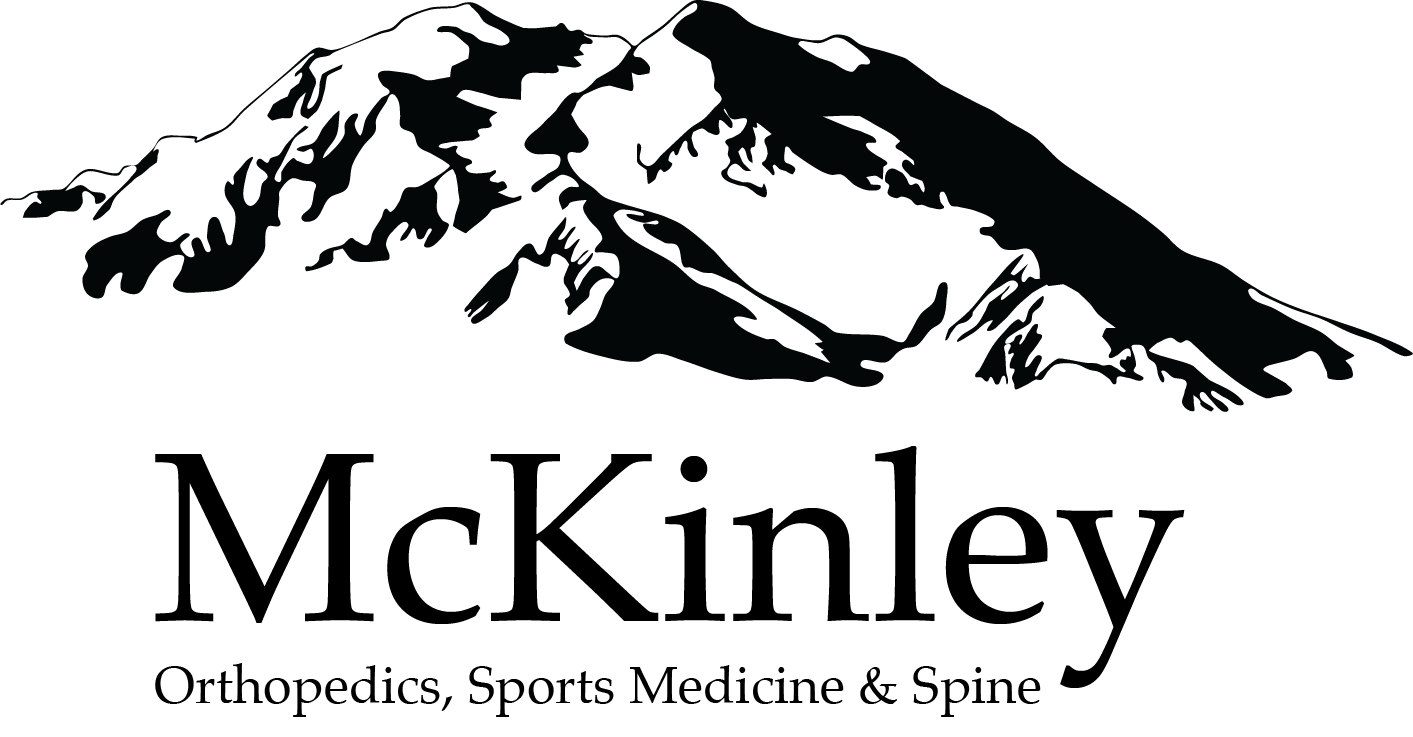PRP (Platelet Rich Plasma) Injection
The Science
PLATELETS: Platelets are the small, fragment-like structures in our blood which contain numerous important factors that affect clotting and healing. These include growth factors found on platelets include InsulinGF-1, epithelial GF, TGFPI, TGFP2 PDGF, vascular endothelial GF, etc. Growth factors mediate the biological processes necessary for repair of soft tissues such as muscle, tendon, and ligament following acute traumatic, or overuse injury. Animal studies have demonstrated clear benefits in the use of growth factors in terms of accelerated healing. By increasing the concentration of platelets, one increases the concentration of healing growth factors.
The most common ways to accomplish this is by:
- Platelet-rich plasma
- Autologous blood injection
- Autologous conditioned serum
What is Platelet-Rich Plasma (PRP))?
PRP was developed in the 1990's as a byproduct of multicomponent pheresis which contains protein growth factors secreted by platelets. Different companies produce different systems in order to concentrate the amount of platelets and plasma from the whole blood. It takes on average, 15-30 minutes to separate the platelets from the whole blood using a spinning process (centrifuge) to achieve around 9 times the normal concentration of platelets. We use Arthrex ACP to obtain the desired concentration of platelets in a leukocyte (white blood cell) poor environment. Literature supports improved healing with PRP but the jury is still out regarding optimal platelet concentration. Leukocyte poor vs rich and even the optimal number of PRP injections (studies have looked at 1, 3 or even 5 injections).
What is Percutaneous Tenotomy or "Needling": When the body gets an injury, every once in a while, the healing process does not totally complete the job. This can result in partial healing (i.e. partial thickness tears, neovascularization, cystic degeneration, etc) of tendons, ligaments, and other structures. Needling (or percutaneous tenotomy) is the process of taking a large bore needle and directing it to the area where incomplete healing has occurred. By passing the needle through the tissue it causes microtrauma (and inflammation while breaking up neovessels) to the area with the hope that it will "stir-up" the healing process to allow the body to heal itself. This procedure often goes hand in hand with PRP, and is up to the discretion of your doctor if it is needed.
What to expect?
Pre-Procedure
- STOP all NSAIDs (Ibuprofen, Aleve, Advil, Motrin) and aspirin at least 7-10 days prior to the procedure so as not to negatively effect the platelets.
- May need someone to drive you home, so bring a helper
- We will give you approved pain medicine if necessary after the procedure
- We use local anesthesia to make this procedure as comfortable as possible.
Procedure
- Report to your appointment on time. A nurse will check you in and obtain your vitals and review your history and medications (do not leave any medications, herbs or supplements out). Then a consent will be signed (this is a great time to ask any additional questions about risks, benefits and the procedure details). Please let the nurse know if you have the tendency to faint or have trouble with needles.
- Then about 2 tablespoons of your blood will be taken and put into a special container.
- This container will be treated and then put in a centrifuge to separate the platelets, plasma from the other parts of your blood.
- The platelet-rich plasma is extracted with a syringe.
- The doctors will come into the exam room, answer any more of your questions, re-examine you and locate the site with their ultrasound machine.
- The site may be injected with lidocaine (local anesthetic) or ethyl chloride or lidocaine cream may be used on the skin.
- Then the area and ultrasound probe will be cleaned and prepared for the sterile procedure.
- Under ultrasound-guidance the needle will be introduce to the area and then the PRP will be injected (NOTE: In some instances, the doctor may choose to "needle" the area in question, this is called percutaneous tenotomy. In other cases, a hematoma or blood collection may be drained prior to PRP injection)
- Once complete the area will be cleaned off, a band-aid and pressure dressing will be applied and the limb often immobilized (sling, stiff-leg immobilizer, etc). Immobilization usually lasts 3 days but may vary in individual cases.
Cost
Includes: an office visit, an ultrasound guided injection and the PRP preparation. We have chosen to charge $650 for the services due to time and complexity of the procedure and to cover the cost of the PRP kit. It is solely the responsibility of the patient, rather than our office, to check on insurance reimbursement for PRP (Code CPT 0232T). You can discuss further details regarding payment with the business office.
Post-Procedure
- Post-procedure check-up in the office within 24 to 72 hours, to check for swelling and pain control (this can be a phone call in some instances)
- Office visits +/- ultrasound imaging may occur at weeks 1,2,4 and sometimes 6-12 weeks after the procedure. Evidence is still being collected with regards to what we should expect at these weekly intervals but can be quite helpful in evaluation and rehabilitation progression.
- There will be a need to work closely with your physical therapists on average 2x/week but this may vary for each individual. Your doctor and physical therapist will be discussing your progress frequently but remember, your home exercises are just as if not more important than your days in rehab services.
- Continue to avoid NSAIDS and Aspirin for at least 2 weeks and if possible throughout the entire rehabilitation time period.
Check out a video of the procedure
